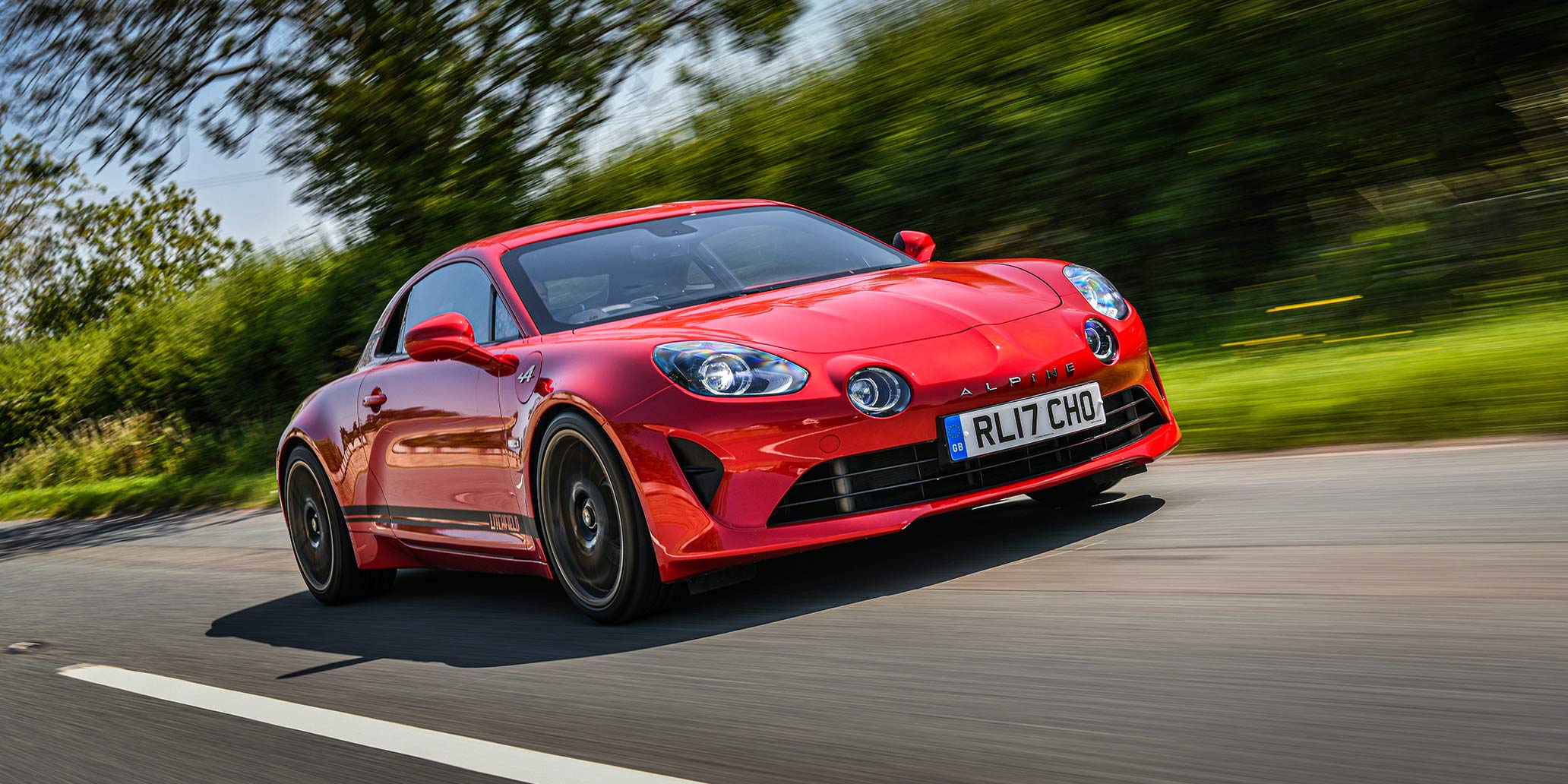On those rare occasions when the UK enjoys a spell of sunshine, few things compare to the joy of a lively drive along a B-road or an adventurous road trip.
However, the key to any perfect sunlit journey lies in choosing the ideal summer car. Fortunately, there is a broad selection available, from classic convertibles to the latest fully electric hot hatchbacks.
But which summer car stands out as the best? This is a challenging question to answer with just one choice, as individual preferences vary greatly.
Cars That Keep Working in Texas Heat
To help you find the top options, the Auto Express team has compiled their favorite picks for summer right here. The selection covers a wide variety of tastes and budgets, ensuring there’s something for nearly everyone.
Abarth 595C
Prices starting from £7,000
We all know how narrow and tight UK roads can be, so why not choose a car that’s about the size (and shape) of a golf ball?
If the standard Fiat 500 is like a bottle of Sanpellegrino, then the Abarth 595 is a can of Monster Energy, featuring a more powerful 1.4-litre engine and an exhaust note that’s frankly outrageous.
Opt for the rag-top ‘C’ version and you’ll get to enjoy the wind in your hair. The only trade-off besides the stiff ride that might challenge your spinal cord is the tiny boot of the convertible, meaning you’ll need to pack light. Many of my family live in the south of England, so a trip through the New Forest is essential for me.
The Abarth 595C is a small convertible hot hatch with a bold design and a distinctive, growly exhaust tone. Although the Ford Fiesta ST easily outperforms it on the track, the Abarth still delivers an exhilarating driving experience.
A major part of what draws people to the Abarth 595C is its unique appearance – this isn’t simply a Fiat 500 in a more stylish outfit. Up front, it features a wide, aggressive grille, additional black air intakes, and a low-mounted splitter.
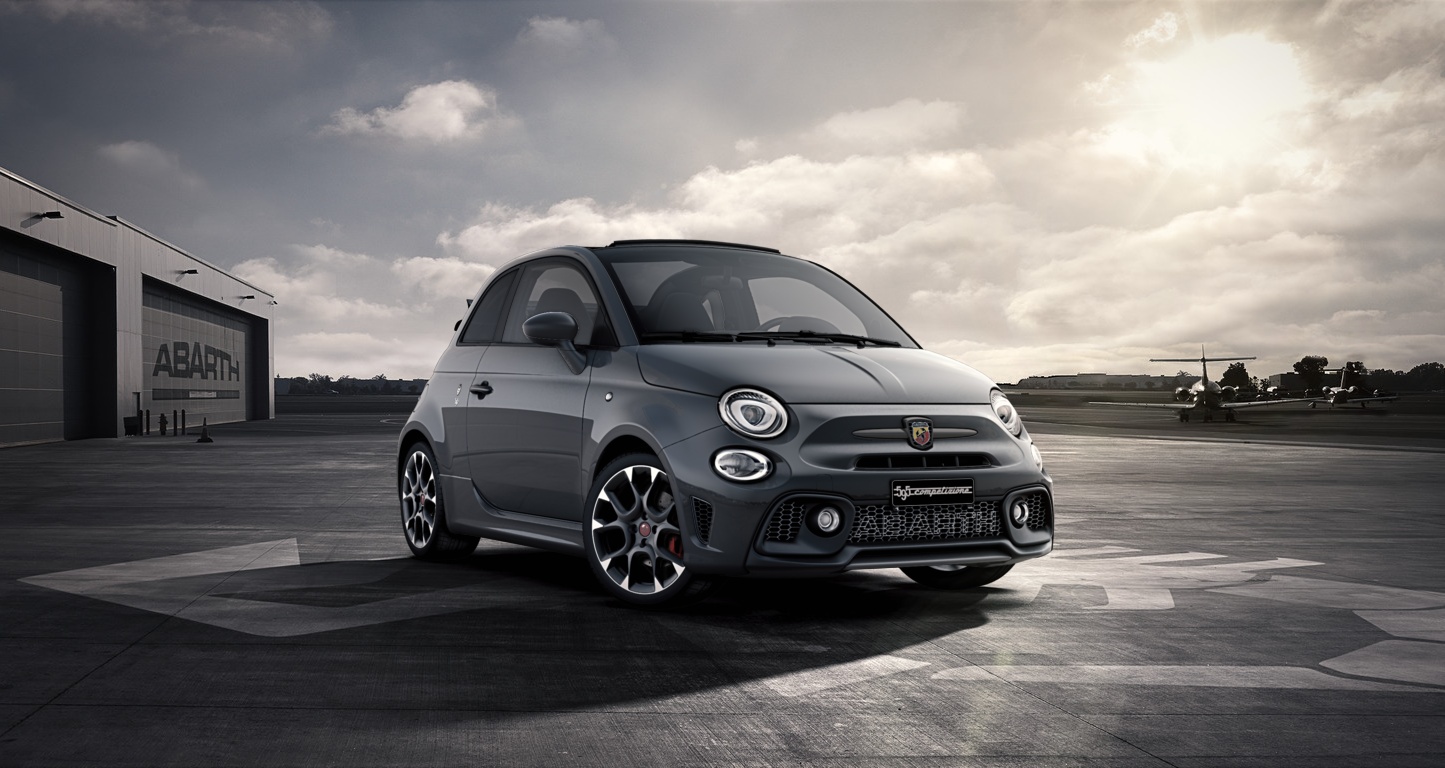
Along the sides, you’ll notice large alloy wheels and sporty side skirts, while the rear is equipped with further vents and dual chrome exhaust tips integrated into a black diffuser reminiscent of a sports car.
Inside, the car continues its unapologetically sporty vibe. Bright red accents are found throughout the cabin, and the front seats are highly bolstered for added support. A rev counter styled like those in race cars adds to the theme. For those wanting even more flair, optional carbon fibre trim for the dashboard and doors is available at extra cost.
Unfortunately, while the Abarth 595C doesn’t lack in visual excitement, its cabin space leaves something to be desired. Leg and headroom are on the tight side – taller drivers can retract the soft top, but the upright seating position and confined footwells make long drives less comfortable compared to alternatives like the Ford Fiesta ST or Suzuki Swift Sport.
The situation is even more cramped in the back, where only two seats are provided and legroom is very limited. Adding to the inconvenience is the absence of rear doors, which makes installing a child seat a frustrating task.
Thankfully, the convertible version of the Abarth 595C doesn’t lose any boot space compared to the hard-top. Still, its 185-litre capacity is modest – enough for a couple of small weekend bags, but not much else. Unlike the hard-top model, the 595C’s rear seats can’t be folded down to make room for bulkier items.
Despite its practicality limitations, the Abarth 595C delivers the same infectious driving joy as the hard-top variant
. Its 1.4-litre turbocharged petrol engine is lively, even in the base 160hp version, and with the roof open, the engine’s pops and crackles are all the more pronounced. While the Ford Fiesta ST is faster and handles more sharply on winding roads, the Abarth still offers plenty of fun.
That said, the 595C doesn’t come close to matching the ride comfort of most small hot hatches – which isn’t a high bar to begin with – and it tends to bounce and shake over uneven surfaces more than its fixed-roof counterpart.
On the plus side, its compact dimensions and good visibility make it just as manageable around town as the Fiat 500 it’s based on.
On the motorway, though, it’s a different story. Wind and tyre noise are pronounced, and longer journeys can become tiresome. Adding to that, the Abarth 595C lacks cruise control and doesn’t offer any form of automatic emergency braking for city driving.
So, if your main use for the car involves spirited drives through countryside roads and you enjoy open-top motoring, the Abarth 595C is a highly entertaining little hot hatch – provided you’re willing to live with its firm ride and basic interior tech.
Also Read: Top 10 Budget-Friendly & Luxury Trucks You Can Buy
Alfa Romeo Spider (Type 916)
Prices starting from £4,000
The wedge-shaped 916-series Alfa Romeo GTV and Spider were strikingly beautiful in their prime.
Just a few weeks ago, when I parked beside a shining black roadster with rich red leather seats at a service station in the West Country, I immediately recognized another future classic one I’d soon regret not buying while it was still affordable.
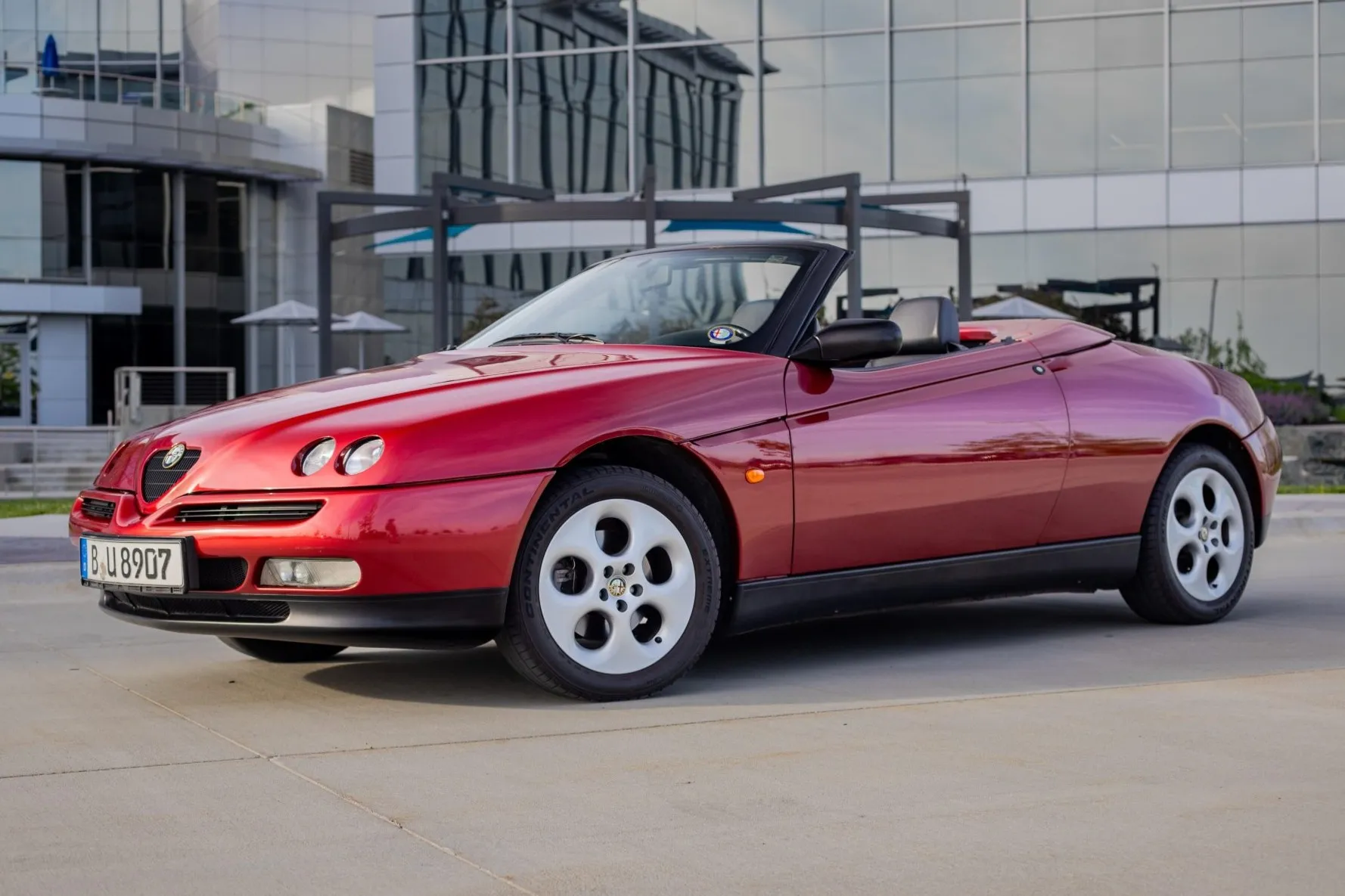
The two-seater Alfa typically came with a sonorous 3.0-litre V6 or a lighter, more nimble 2.0-litre Twin Spark engine.
Although the stiffer GTV coupe offers a sportier driving experience and is visually stunning, I would gladly accept the Spider’s more flexible body and less aggressive front-end grip in exchange for that iconic and glamorous roadster look.
Alpine A110
Prices starting from £35,000
Although it had a rocky introduction in the UK after a certain TV show featured it bursting into flames, once you get behind the wheel of an Alpine A110, you’ll instantly fall in love.
While many tend to overlook it in favor of the Porsche 718 Cayman or BMW M2, the Alpine can more than hold its own against these more powerful coupes.
Don’t be deceived by the (relatively) small 1.8-litre engine. It produces just 248bhp in its entry-level version, but that’s more than enough for a car weighing just over 1,000kg.
The Alpine also out-handles many supercars, so you’ll have plenty of fun as soon as the roads start to wind.
The Alpine A110 is a bit like Kylie Minogue — it’s compact, strikingly beautiful, and delivers an exceptional performance. It also seems ageless, maintaining a look today that’s nearly identical to its 1960s design (we’re talking about the Alpine here, not Kylie…).
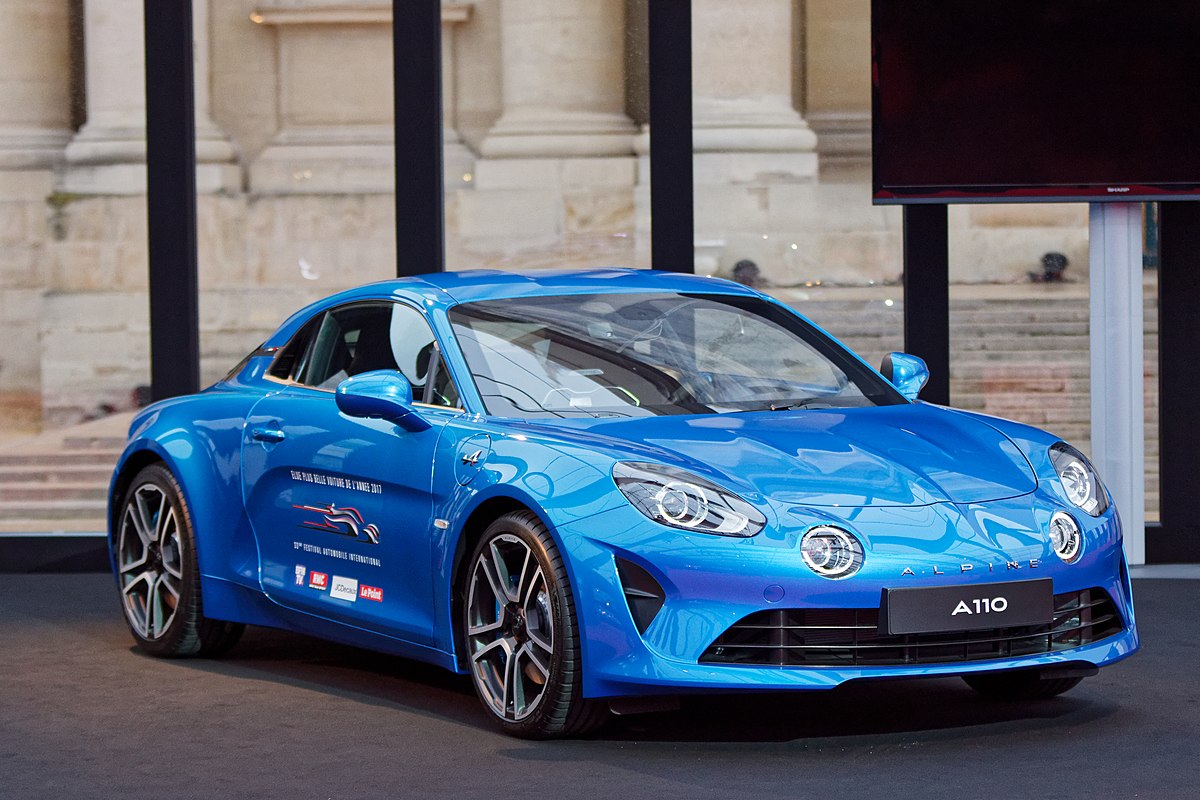
There’s definitely a certain mystique surrounding the Alpine. Car enthusiasts will immediately recognize the strong design cues taken from the original A110 of the 1960s. But for most people, you’ll find yourself explaining what it is. If you’re unsure how to describe it, saying it’s Renault’s sporty division is a solid shortcut.
The interior feels just as special. You’re welcomed by supportive sports seats—or in the S or R variants, race-inspired bucket seats—and the cabin features attractive design elements. You can choose between leather or suede upholstery, both of which offer a premium feel.
However, you’ll soon come across some controls that feel noticeably budget, as they’re borrowed directly from the Renault parts bin. The same goes for the 7.0-inch infotainment screen.
While it’s been improved compared to early versions, it still comes across as a bit rudimentary. Fortunately, Android Auto and Apple CarPlay come standard.
When it comes to practicality, the A110 falls short. Officially, it offers 96 litres of storage in the rear and an additional 100 litres under the front bonnet. In reality, fitting even a weekend bag in the back is a challenge, and the front space doesn’t accommodate anything more than a few centimetres high.
Also Read: 10 Top-Rated Hatchbacks That Drivers Enjoy Driving
BMW 6 Series (E64)
Prices starting from £5,000
To me, sunshine is best enjoyed by cruising gently with the music turned up, the roof down, and the engine quietly ticking over which is why the mid-2000s BMW 6 Series is my ideal cruiser.
In 2004, it was Munich’s two-door flagship, offering space for four, leather throughout, and all the tech gadgets of the time.
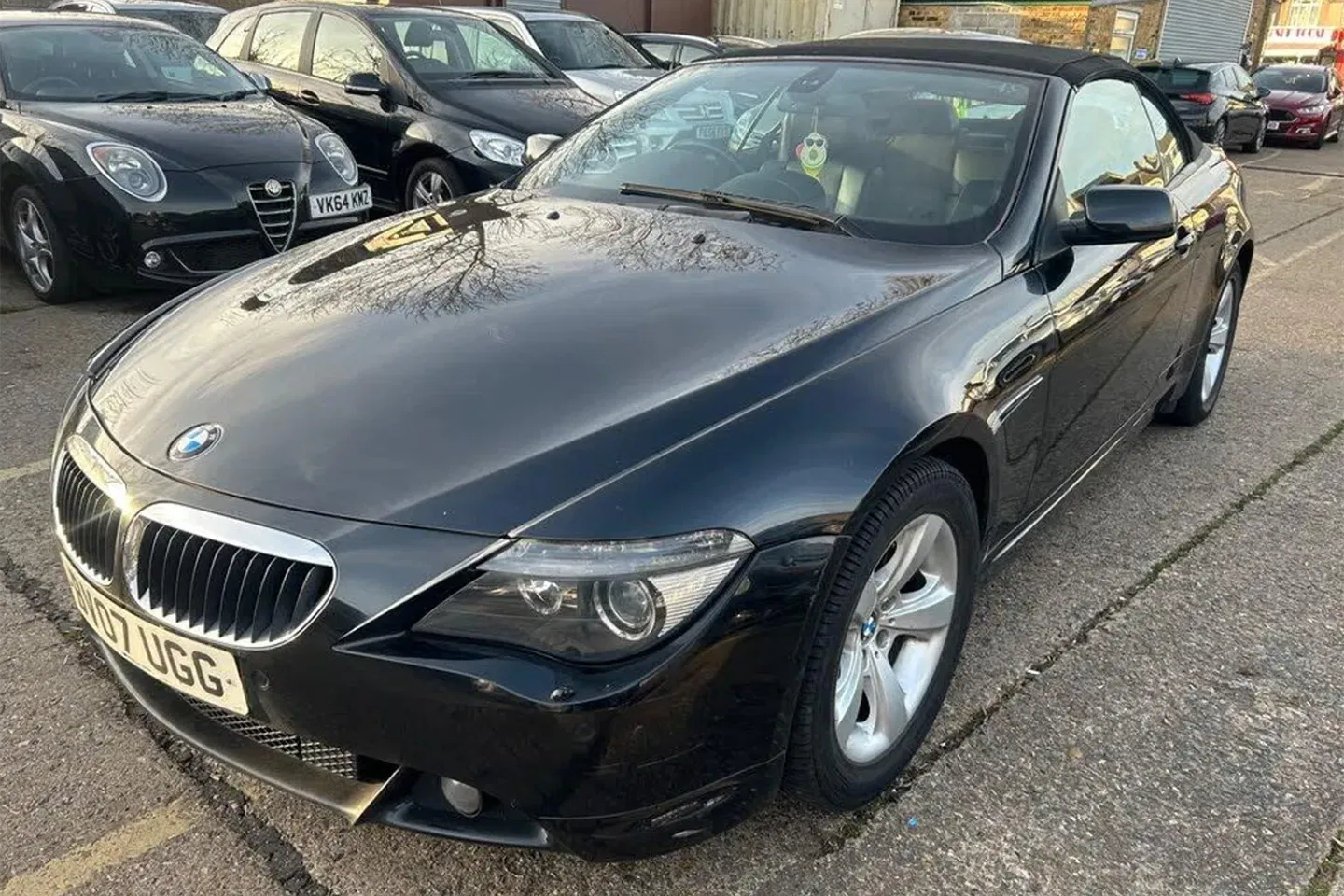
Downsizing wasn’t yet a trend, so engine options ranged from 3.0-litre straight-sixes to the powerful V10 M6, the latter sounding as incredible as it looks and even better with the roof folded back.
Prices dropped significantly some time ago, meaning there are plenty available around the £5,000 mark, while pristine examples fetch twice that.
There isn’t much price difference between six-cylinder and V8 models either.
BMW Z4 (E85)
Prices starting from £4,000
The BMW Z4 might not be the most original choice for summer driving, but like its rival the Mazda MX-5 and other premium models of the era such as the Audi TT Roadster and Mercedes SLK, it remains hugely popular for good reasons.
The first-generation ‘E85’ Z4 has aged well over the years, and there are plenty of examples available.
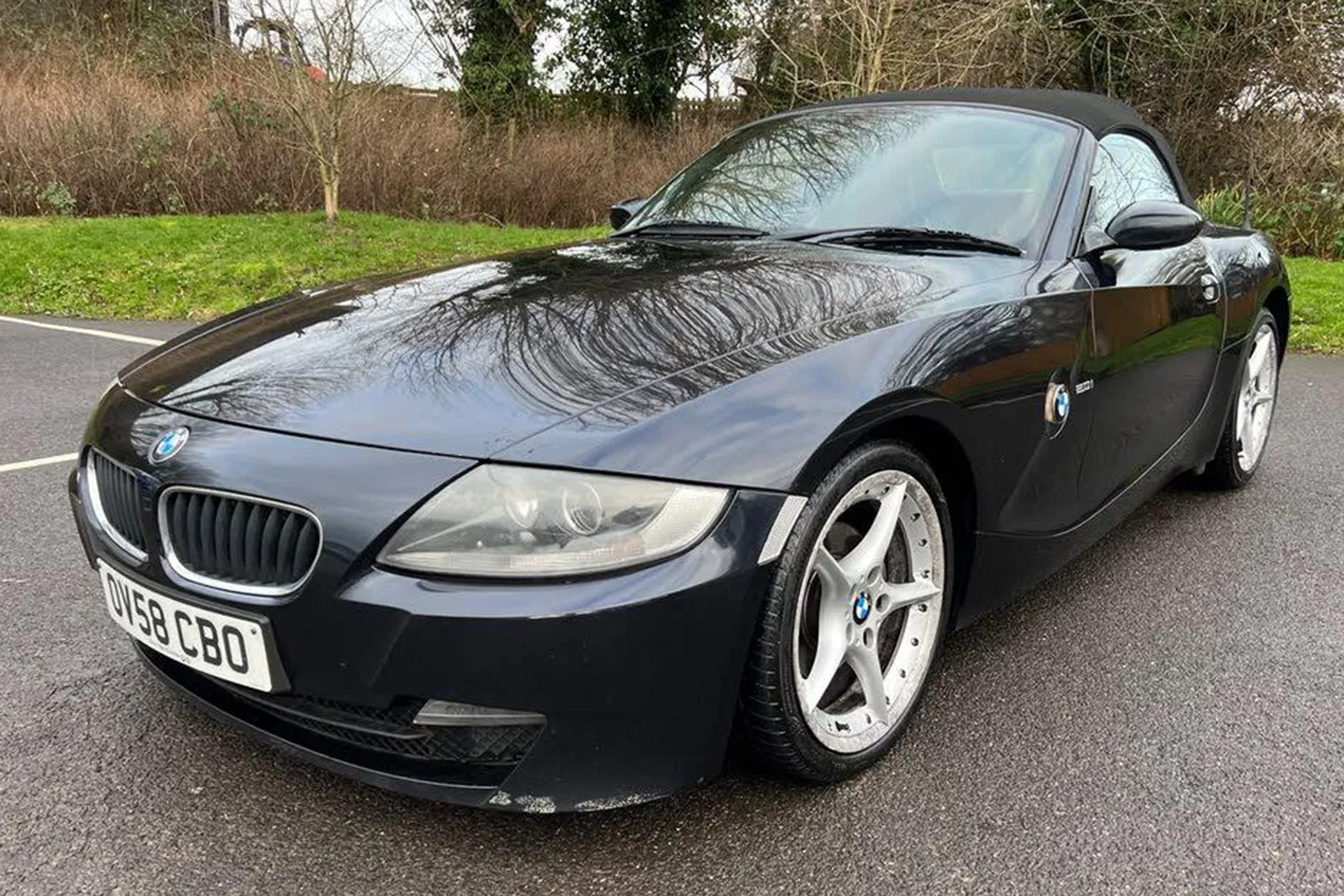
This means you can afford to be selective and patient, as the perfect Z4 specification for you is out there somewhere. In fact, I managed to persuade my girlfriend to buy one just last year.
While I knew the Z4’s chassis wasn’t quite as engaging as the MX-5’s, the Chris Bangle design which, in my opinion, has aged beautifully and the sophisticated interior were major selling points for her.
Instead of opting for the 261bhp 3.0-litre, the 170bhp 2.2-litre felt like a better fit, with its straight-six engine still offering a pleasing soundtrack with the roof down.
The Z4 has undergone a transformation. This latest G29 generation is notably sportier than its predecessor. The previous model, known for its retractable hardtop and more laid-back driving dynamics, was aimed squarely at the Mercedes SLK. But when the third generation debuted in 2018, it introduced a fabric roof instead, lowering both overall weight and the center of gravity.
Welcome to the internet—yes, it clocks a Nürburgring lap comfortably under eight minutes. That’s probably all you were hoping to hear, right? The Z4’s proportions are ideal for spirited driving.
Its wheelbase is a significant 20cm shorter than the prior model, improving agility. The track has been widened to enhance grip, and the chassis is much stiffer and lighter than before.
Up front, the suspension is mounted to a dedicated aluminium subframe—a departure from typical BMW setups—ensuring more precise handling. And that’s just the beginning.
The high-performance Z4 M40i borrows its tyres straight from the M4, and the braking system has been developed by BMW’s M division. An electronically controlled differential manages power distribution between the rear wheels. You get the idea.
Well, you have Toyota to thank for the Z4’s continued existence. Toyota was eager to bring back the Supra but lacked a suitable platform. At the same time, BMW noticed demand for roadsters was waning and questioned whether developing a new Z4 alone would be profitable.
A joint project made the numbers work. BMW, still fiercely loyal to rear-wheel drive and straight-six engines—both core Supra traits—was the ideal partner.
As a result, the Supra shares much of the Z4’s foundational engineering. The engine, suspension components, platform architecture, and even the electronics are all BMW-sourced.
However, Toyota has tuned the Supra differently, giving it a unique driving character. Both cars are assembled on a BMW-managed production line at the Magna Steyr plant in Austria.
If you’re someone who values ‘brand purity’, the Z4 will likely speak to you more. And if you’re looking for an open-top roadster, that too points to the Z4.
The Supra, a fixed-roof coupe, channels a different kind of energy—more in line with JDM culture. So, even though they share a common foundation, these two cars cater to distinctly different enthusiasts.
Cars That Overheat Instantly
This was a challenging topic to tackle: cars that excel in winter but perform poorly in summer.
My basic assumption was that people don’t switch cars like they change clothes you tend to keep the same vehicle all year round.
However, this article aims to highlight some cars that are fantastic for winter driving but wouldn’t be your top pick when summer arrives.
Much of the choice boils down to whether a car is rear-wheel drive (RWD), four-wheel drive (4WD), or all-wheel drive (AWD). It’s important we’re clear on these terms before moving forward. So, let’s break it down. RWD is straightforward: these cars send power to the rear wheels.
They’re often found in sports cars, which makes sense because RWD typically offers excellent steering and handling. The downside? RWD cars tend to be more expensive overall.
Plus, your sporty RWD vehicle won’t easily handle slippery roads without giving you unexpected bursts of adrenaline traction control or not.
AWD and 4WD, meanwhile, are quite similar in that power is delivered to all four wheels. The key difference is that 4WD can lock the differentials between the front and rear axles, while AWD systems are usually fixed. Both, however, are strong performers when it comes to tackling tough winter conditions.
Kia Sorento
Unlike its Honda CR-V counterpart, the Sorento is manufactured by the South Korean automaker Kia Motors. Initially introduced in 2002 as a traditional SUV, the Sorento remained in that category until 2009.
Afterward, it transitioned into a crossover SUV, aligning with the growing popularity of crossovers in the market. This vehicle stands out from others in its segment, no doubt about it.
It’s larger and more spacious than many other five-passenger SUVs, yet it doesn’t quite step into the territory of a full-size, three-row SUV.
What’s impressive is that the added space didn’t drive up the cost. The cabin remains roomy, and even with a large touchscreen, plenty of buttons, and a prominent gear shaft, the layout never feels cramped.
A full exterior redesign in 2016 drew a lot of attention, and the 2018 model continues that appealing design language. All trims except the base model were offered with an all-wheel drive (AWD) option.
Mid-size SUV buyers who step into a Kia dealership today are met with an abundance of options. Alongside the three-row Telluride and the all-electric EV9, there’s the 2025 Sorento—a model that shares much of the same mission by offering three rows of seating, a versatile interior, and an eye-catching design.
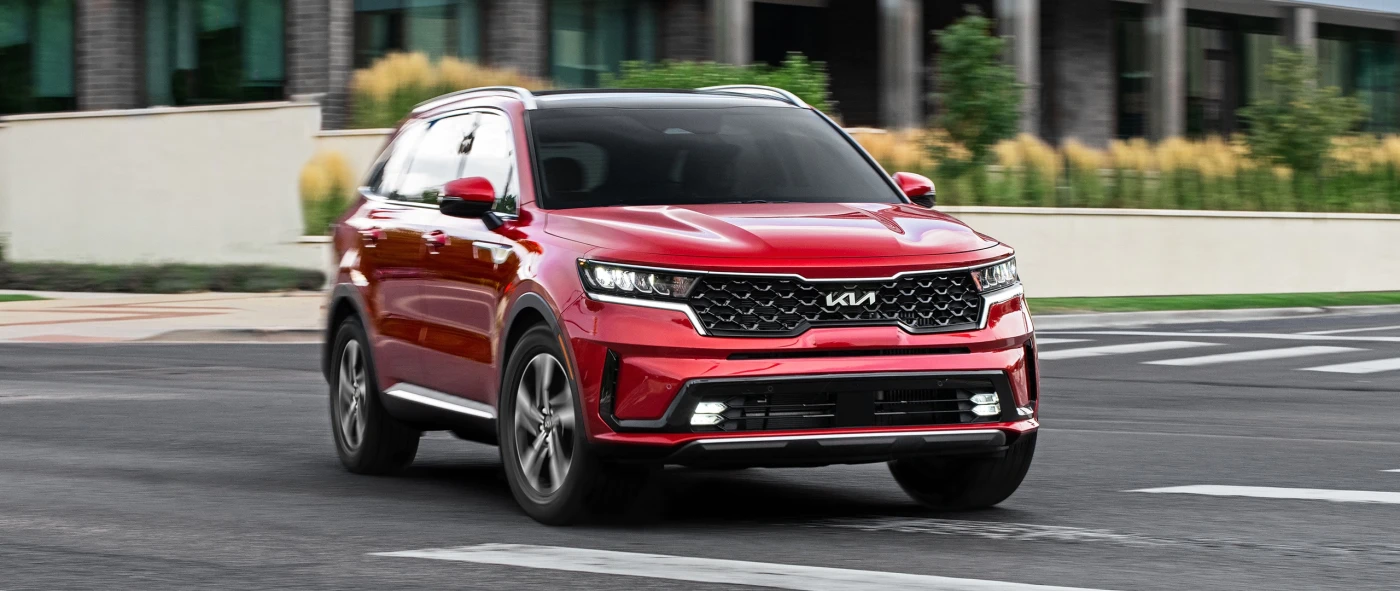
It comes standard with a non-turbo four-cylinder engine and front-wheel drive, while all-wheel drive is available as an upgrade. For those seeking more performance, a lively 281-hp turbocharged four-cylinder is also on offer. Topping the range is the rugged X-Pro trim, which brings enhanced off-road capabilities to the table.
Kia also offers two hybrid variants of the Sorento, one of which is a plug-in hybrid capable of delivering up to 32 miles of electric-only range per charge. However, the Sorento Hybrid is covered in a separate review.
Despite its affordable starting price, the base Sorento trims don’t feel stripped down. Kia includes an impressive array of standard features, such as wireless Apple CarPlay and Android Auto, a comprehensive suite of driver-assistance technologies, and a wide range of useful amenities.
With so much going for it, you might wonder why anyone would spend more on the Telluride. The answer lies in practicality—the Sorento’s third row is noticeably tighter, making it less suitable for frequent use.
It also doesn’t match the Telluride in cargo space or towing capability. Still, for shoppers after a midsize SUV with a third row best suited for occasional use, the Sorento makes a compelling case.
Audi Allroad Quattro A6 Avant
The Allroad Quattro badge has been in use since 1999, specifically reserved for versions of station wagons that offer enhanced off-road capabilities not quite on par with a Hummer, but certainly more rugged than your average car.
The A6 Avant variant featured a wider track, increased ground clearance, and improved air suspension.
These exterior enhancements gave the vehicle a more commanding presence, while the interior remained focused on comfort, equipped with features like dual-zone climate control.

Just to clarify the terminology here: when I mention “Allroad Quattro,” I’m referring to the A6 lineup not the A4 Avant. And for the record, “Avant” is Audi’s term for “station wagon.”
Although the A6 Avant was made available in the U.S., the high-performance RS6 Avant never officially reached American shores. That was a fantastic car, too.
Jeep Wrangler Unlimited
The Jeep is arguably one of the most recognizable vehicles in the world. Even a child in a remote village in Africa could point to it and say, “Jeep.”
Its widespread recognition stems from its prominence during and after World War II, where it became a symbol of American toughness and resilience. Vehicles like this are celebrated for their off-road prowess.
The Wrangler Unlimited is the very embodiment of rugged utility imagine two wheels perched on separate boulders, while the other two touch both water and dry land.
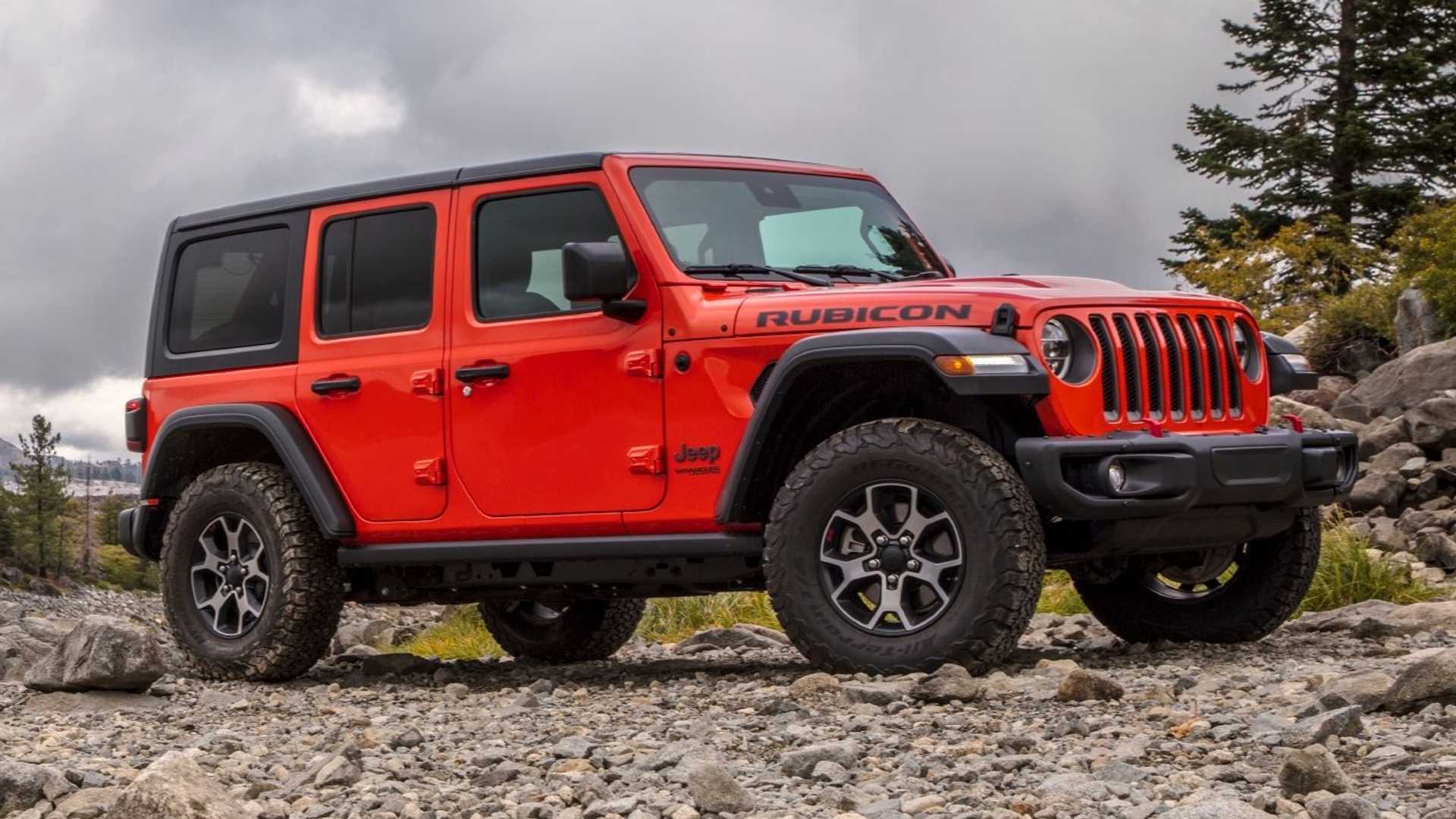
The “Unlimited” designation simply refers to the long-wheelbase version of the Wrangler, which itself has been in continuous production since 1986.
Its four-wheel-drive system is among the best available, offering excellent capability in challenging terrain. And I’m not alone in my praise the Wrangler Unlimited has been acknowledged and lauded by a variety of respected automotive publications.
Just like I had with the long-term Ram Power Wagon before it, I had big plans for this Wrangler. In addition to living with it day-to-day, I envisioned embarking on epic, Jeep-worthy overlanding adventures throughout the American Southwest, accompanied by my wife and our two dogs, Brooklyn and Rex.
But for many reasons, those grand plans never materialized. A near-constant influx of test vehicles (yes, the textbook definition of a first-world problem) from summer into fall repeatedly pushed back those trips to places like Death Valley, Moab, and even the Rubicon Trail itself.
By December, things finally began to slow down a bit. Then one day, after a ride in the Jeep—her favorite place to bark—we noticed Brooklyn was dragging one of her back legs. The joyful Jeep outings gradually turned into somber drives from one vet to the next, and soon, from hospital to hospital. The diagnosis was cancer. By Christmas, she was gone.
I think it was Woody Allen who said, “If you want to make God laugh, tell him about your plans.” With a 65-pound black lab/blue heeler-shaped hole left in our hearts, the Jeep stayed close to home throughout January, navigating a rain-drenched Los Angeles with no real destination—its cabin quiet except for the soft rhythm of rain on its removable hardtop, the hum of the Wrangler’s eTorque turbo-four, and the occasional jingle from Rex’s collar.
Regret and what-ifs dominated our thoughts. “What if we’d caught it sooner?” “Why didn’t we take Brooklyn on more adventures?”
Still, within those regrets was a hint of solace. We didn’t get to cross the country as we’d envisioned, but that didn’t mean we failed to create lasting memories in our long-term Wrangler—even if most of them happened on pavement rather than trails.
We racked up highway miles on trips to far-flung corners of Northern California to visit Brooklyn’s favorite people—my in-laws. Sure, the Jeep’s old-school reciprocating-ball steering wore on us during the nearly 600-mile round-trip, but Brooklyn relished the roomy, upright rear bench (even if she didn’t love navigating the Wrangler’s tight rear-door openings).
And all 25 pounds of Rex appreciated the Wrangler’s expansive greenhouse, which offered a perfect view of California’s shifting landscape—from bustling city to rugged mountain, across endless valley and into deep forest.
Inside, we humans made the most of the nine-speaker Alpine sound system and the easy-to-use Uconnect infotainment interface. The Wrangler’s dual solid axles and rock-crawling suspension didn’t exactly make it the smoothest long-distance cruiser—but it took us where we needed to go.
Mercedes-Benz G-Class
Here comes a polished powerhouse from Mercedes. Commonly known as the “G-Wagen,” the G-Class originally resembled a box and while it still does, it’s now a far more refined and stylish one.
This SUV has its roots in military design, built by Mercedes at the request of the Shah of Iran, who was a major shareholder in the company at the time.
The civilian version was introduced in 1979, though it didn’t officially reach American shores until 2002.
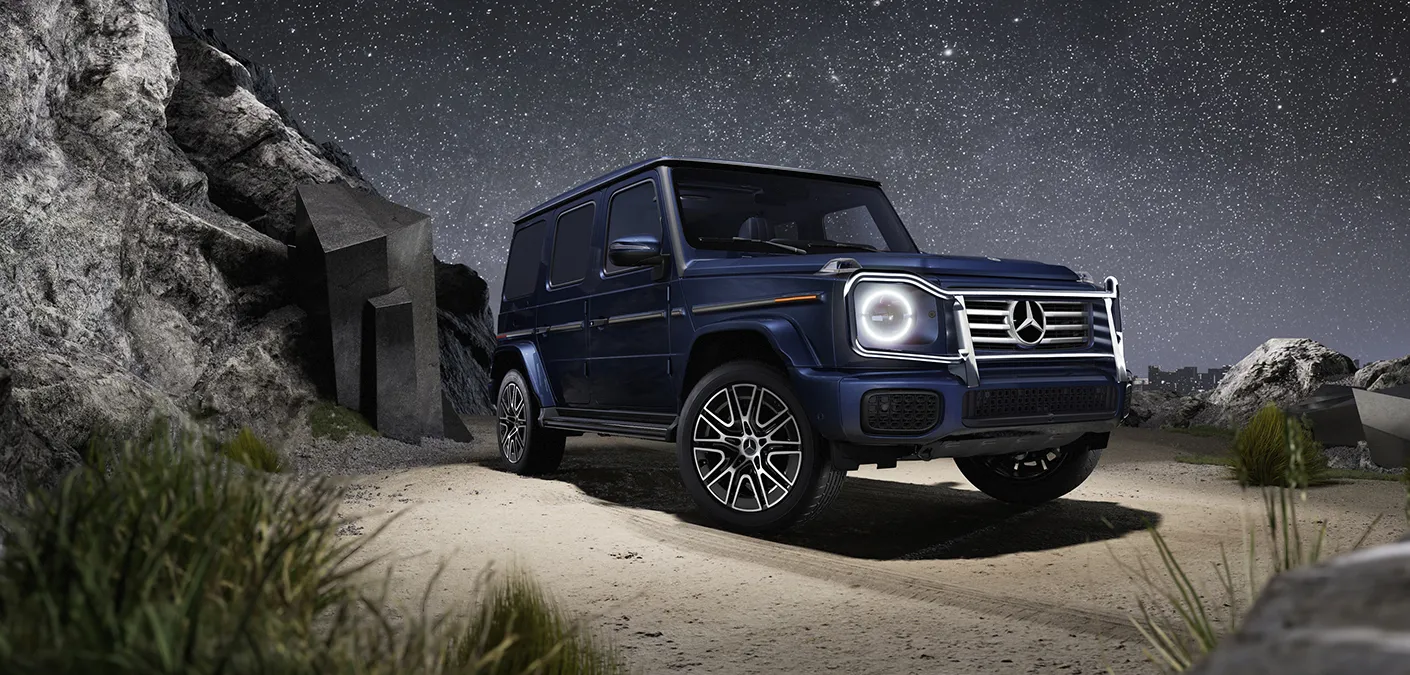
Before that, grey-market imports were the only option in the U.S., with sky-high price tags often breaking into six figures during the 1990s.
The G-Wagen offers off-road capabilities comparable to the Jeep Wrangler, but it’s also brimming with luxury. For those who can afford it, the value is certainly justified.
With a variety of engine options and customization possibilities, there’s ample room to turn an already formidable SUV into something truly extraordinary.
Toyota 4Runner
With its robust build and body-on-frame construction, the 4Runner is an ideal winter companion. If you owned one of the early models say, from 1984 you might be skeptical of that claim.
Those early versions were more akin to compact SUVs, visually and structurally similar to their pickup truck siblings. But the 4Runner has evolved considerably since then.
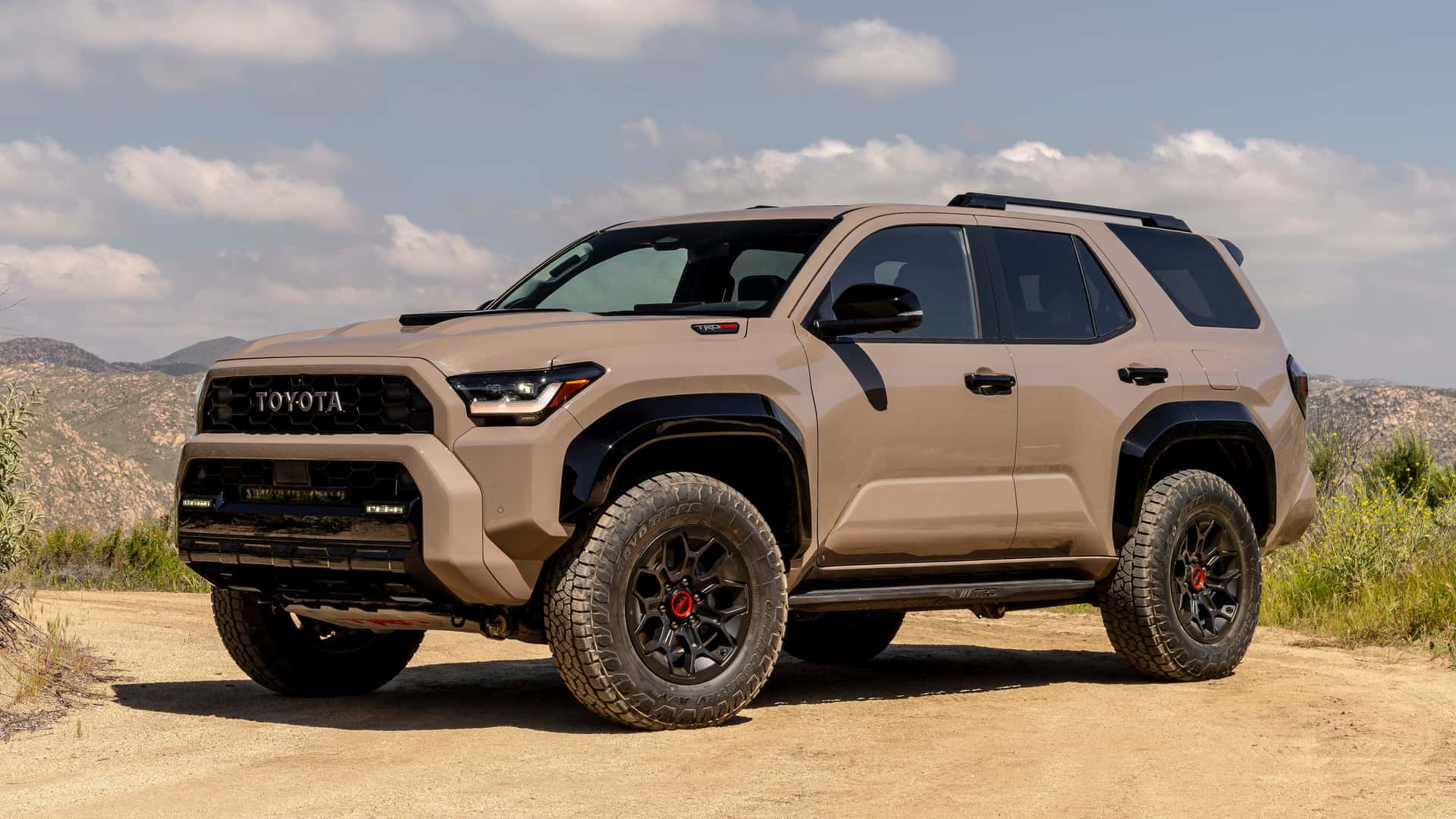
Today’s 4Runner is a rugged machine, engineered for resilience. It doesn’t rattle when you slam the door, nor does it shudder as larger vehicles pass you at a red light.
One might expect that such a tough build would compromise interior comfort, but that’s not the case. Despite its brute exterior, noise insulation holds up well. Toyota has clearly focused that raw power where it counts most on its off-road capabilities.
Toyota’s off-road and truck lineup has seen a wave of updates in recent years, and the 2025 4Runner is the latest model to receive a full modernization.
Now riding on the same TNGA-F platform as the Tacoma pickup truck, the all-new sixth-generation 4Runner is a major step forward for the iconic SUV. It comes standard with a 2.4-liter turbocharged four-cylinder engine producing 278 horsepower.
A hybrid version is also available, offering 326 horsepower, though that model is reviewed separately. Toyota has wisely retained the signature roll-down rear window, and the updated design maintains the 4Runner’s bold, rugged, and square-jawed look that has long defined its appeal.
Inside, the 4Runner embraces a new era with modern tech and convenience features. Available options include a 14.0-inch infotainment touchscreen, a head-up display, a 12.3-inch digital gauge cluster, and a wireless smartphone charging pad. A comprehensive suite of driver-assistance features is also available, many of which are standard.
Despite the influx of new tech and comfort upgrades, Toyota has ensured that the 4Runner hasn’t lost its off-road focus. It remains fully equipped for trail duty with gear designed to tackle tough terrain, including locking differentials and off-road driving modes.
The 2025 4Runner represents a long-overdue shift from the fifth generation, marking the end of a 15-year run. While the platform and technology are modernized, Toyota has been careful to preserve the vehicle’s rugged spirit. Pricing for the new model starts at $42,220 and tops out at $56,850 depending on trim and options.
Trims include the SR5, TRD Sport, TRD Off-Road, TRD Sport Premium, TRD Off-Road Premium, and Limited. For shoppers looking for the best balance of capability and cost, the TRD Off-Road trim stands out. It also comes in a Premium variant with added features like faux leather seating, a heated steering wheel, and an upgraded infotainment display.
Every 4Runner comes with the same 278-hp turbocharged four-cylinder engine paired with an eight-speed automatic transmission. Rear-wheel drive is standard, while a full-time four-wheel-drive system is optional and includes a two-speed transfer case with high and low range. Serious off-roaders can opt for disconnecting stabilizer bars, a locking rear differential, and an off-road cruise control system.
Hybrid models bring even more off-road tech, including manually adjustable dampers. On both pavement and dirt, the 2025 4Runner shows significantly improved handling and comfort over its predecessor, while still offering excellent visibility and quick steering for off-road fun.
Performance estimates for the new 4Runner place its 0–60 mph time between 6.7 and 7.2 seconds, depending on the trim. Actual test numbers will be added once the vehicle has been fully evaluated.
Towing capacity is also up, with the new 4Runner capable of pulling up to 6,000 pounds—a 1,000-pound increase over the previous generation and more than what the Jeep Wrangler can handle.
Fuel economy has seen modest improvements. The EPA rates the 4Runner at 22 mpg in rear-wheel-drive form and 21 mpg combined for four-wheel-drive models.
City and highway mileage varies slightly based on trim, with RWD SR5 and Sport models achieving up to 20 mpg city and 26 mpg highway, while 4WD versions range from 19 mpg city to 25 mpg highway. Real-world results will be added after highway testing.

